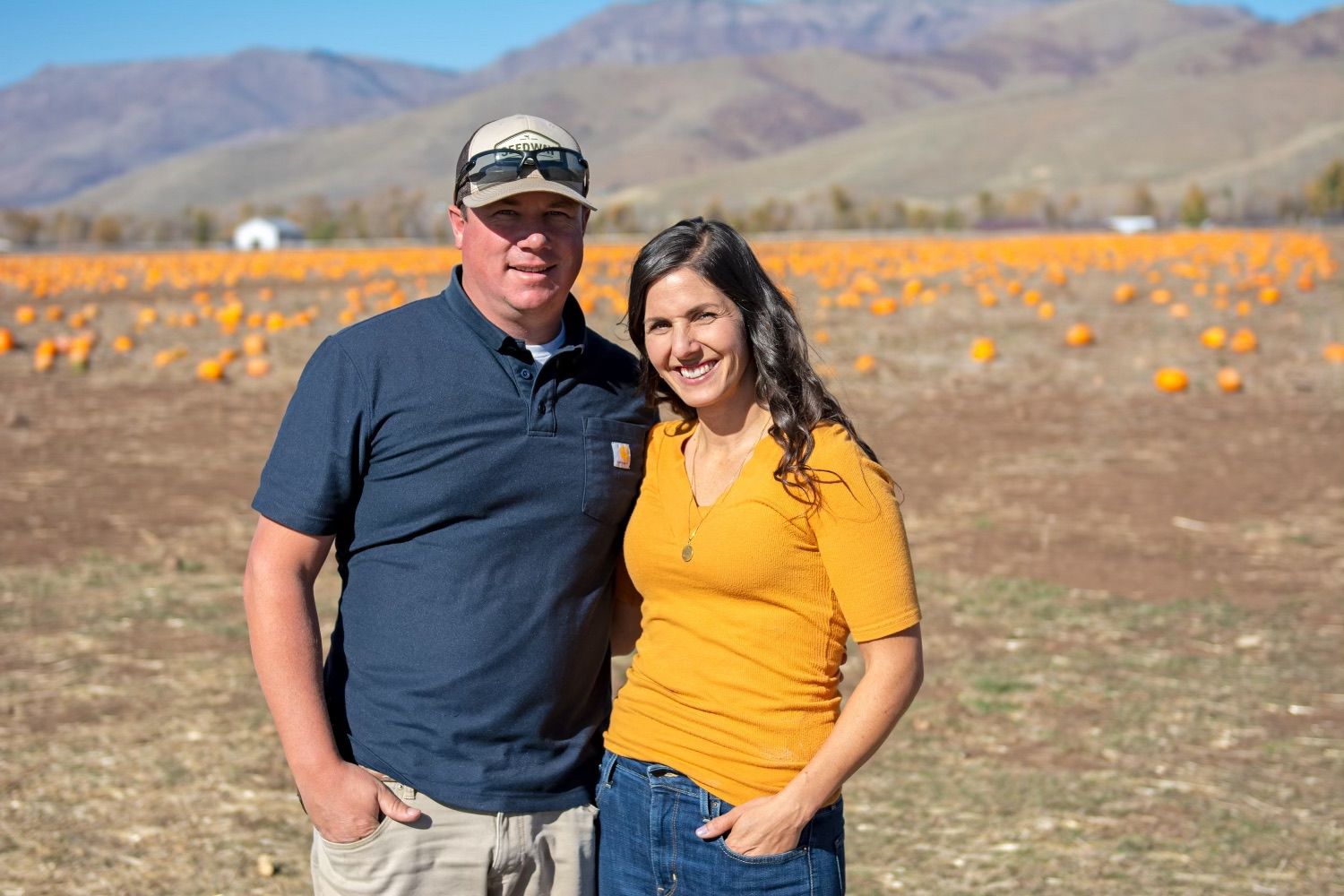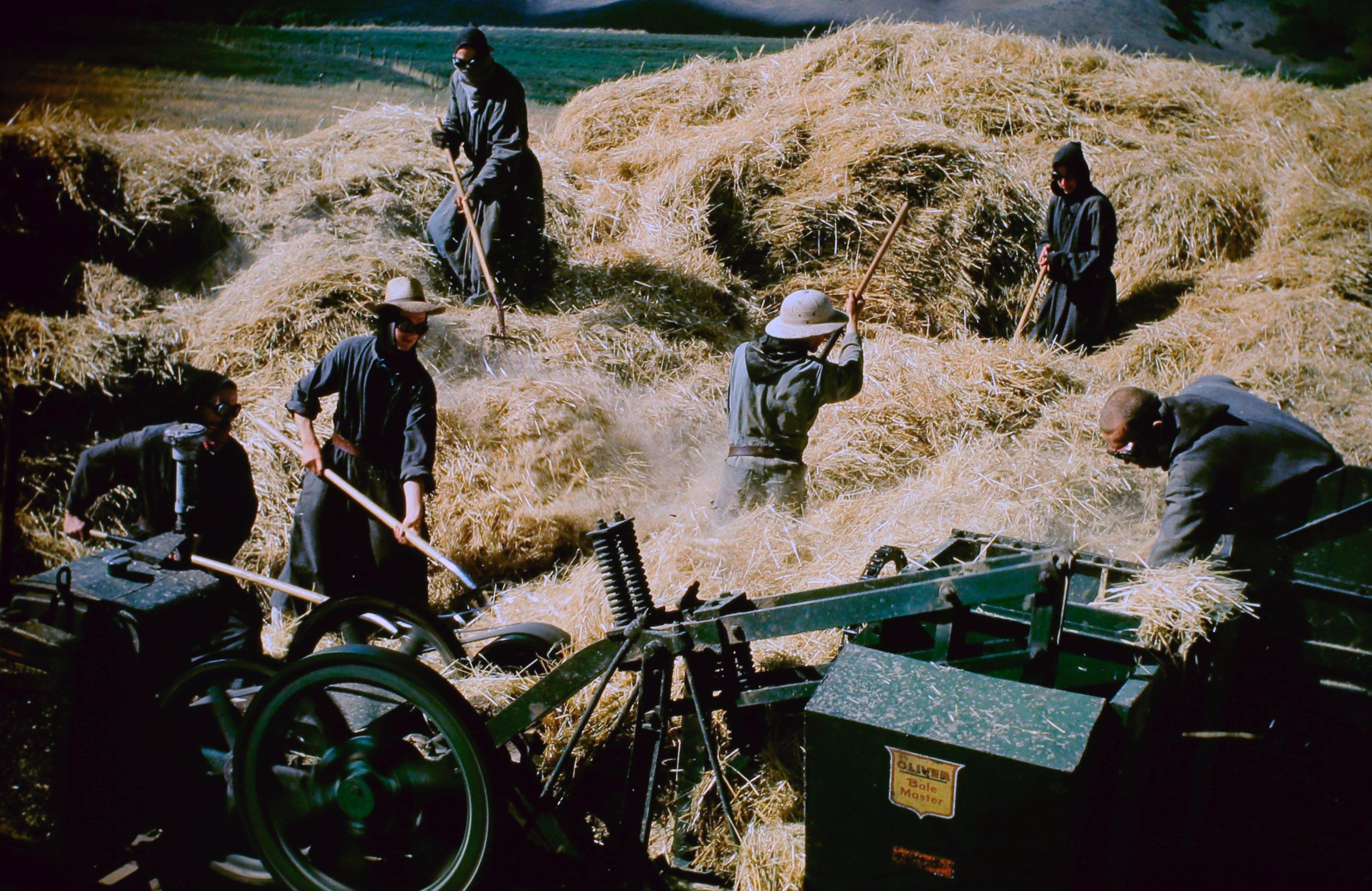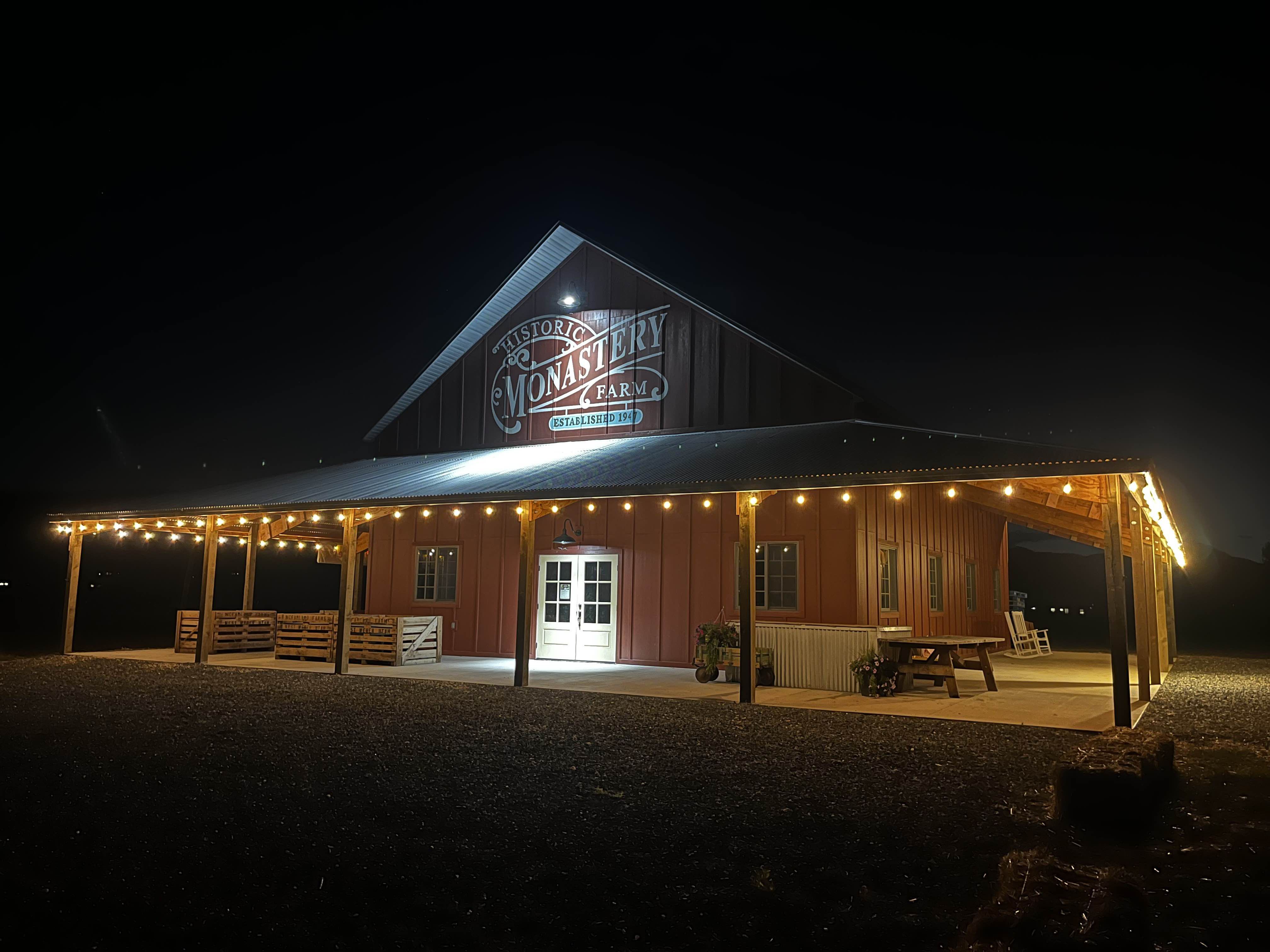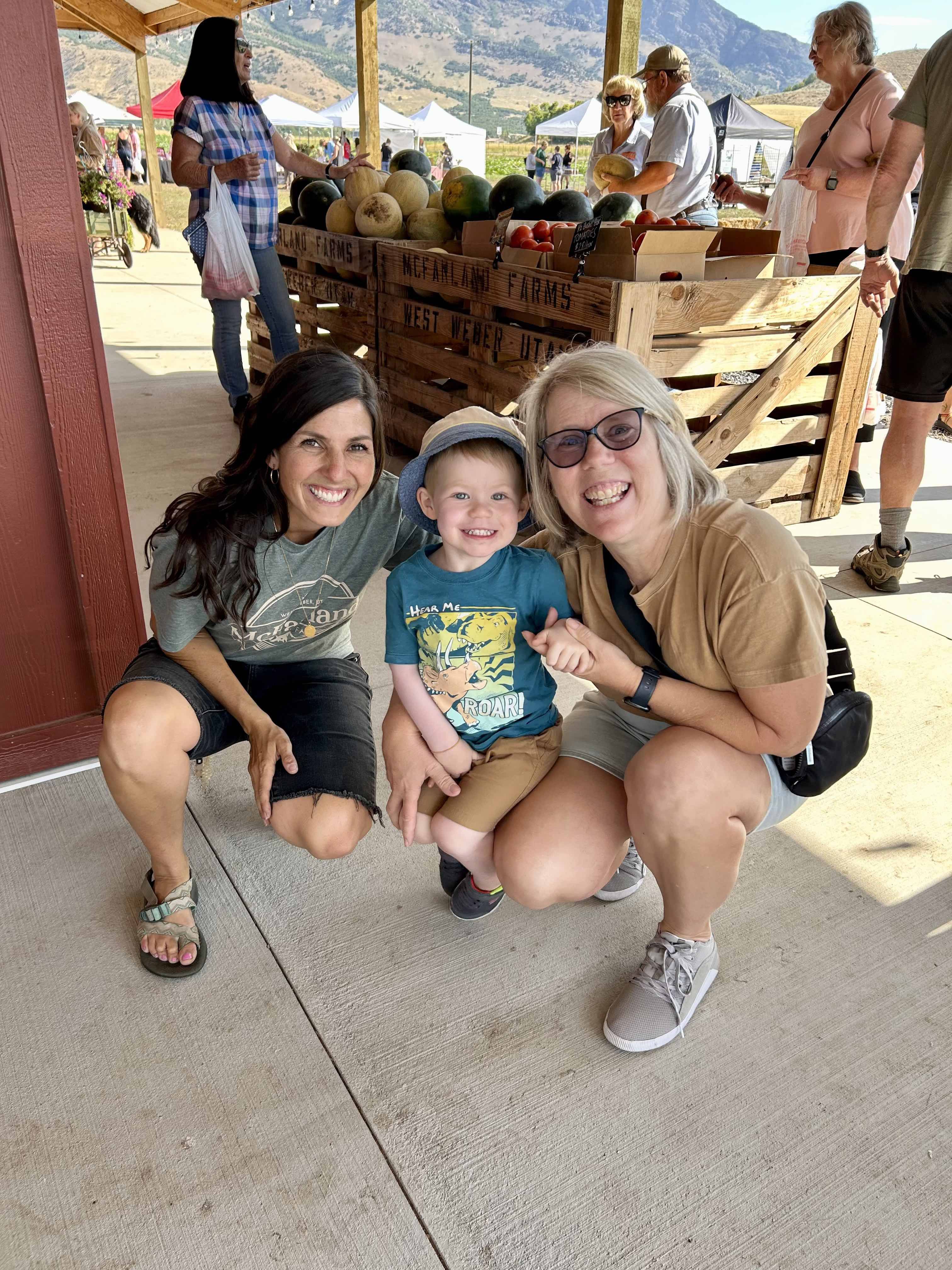Weber County Farming Family Preserves Living History in Monastery Farm
Author
Published
8/9/2024
When Kenny and Jamila McFarland first toured the Historic Monastery Farm in Huntsville, Utah it was supposed to be for consulting purposes. The current owners had reached out to them for advice on what to do with the agricultural fields.
“The owner had found us on the internet,” Jamila McFarland said. “He loved the simplicity of our farm and business and he wanted to consult with us about his farm.”
However, once they were onsite, they fell in love with the farm in Weber County.
 Kenny & Jamila McFarland of Weber County recently expanded their farm with the purchase of the Monastery farm, but strive to maintain it's historic value.
Kenny & Jamila McFarland of Weber County recently expanded their farm with the purchase of the Monastery farm, but strive to maintain it's historic value.“The farm has such a special and unique spirit,” Jamila said. “The monastery was a place of refuge for the monks and the surrounding community alike. We wanted to be a part of preserving and continuing that heritage.”
The McFarlands were already so busy with their own family farm, but they were intrigued by the challenge and the opportunity, so in 2022 they started leasing the fields and became part of the history of the Historic Monastery Farm.
History
In 1947, 32 Trappist monks (many of them returned World War 2 veterans) from the Abbey of Our Lady of Gethsemane in Kentucky traveled to Utah to build the Abbey of Our Lady of the Holy Trinity (referred to locally as the Huntsville Monastery or simply “The Monastery”). They were Trappist Cistercian monks, which, according to Wikipedia, is an enclosed religious order known as the Order of the Cistercians of the Strict Observance. Some markers of the Order are hard work, strict piety, and a structured schedule.
They lived in old World War 2 barracks for a little while, before moving into Quonset huts, giving the monastery a distinctive image.
“The outside was a little nontraditional, but the inside chapel was traditional and constructed beautifully, and it was easy to forget you were inside a Quonset hut,” Jamila said.
The monks came from all walks of life, and the monastery became a refuge for World War 2 veterans and the local community. The monks grew hay, grain, potatoes, and other crops to eat and sell. They had a public-facing store where they would sell their own farm-raised products such as eggs, bread, and honey, along with religious goods.
 Image courtesy of Bill White.
Image courtesy of Bill White.“Almost everyone in the Ogden Valley has memories of buying bread and honey from the Monastery,” Jamila said. “So many people have a connection, whether that was befriending and learning from the example of the monks, attending mass, or shopping at the store.”
The monks lived, worked, worshipped, and died on the farm until 2017 when the mother monastery in Kentucky determined the surviving monks were not receiving adequate care. So, in August, after one final mass, the monastery was closed.
According to the Natural Resources Conservation District, the farm was sold and subsequently put into a conservation easement, thanks to the work of the landowners Bill White and Winston Wangsgard, the Summit Land Conservancy, Ogden Valley Land Trust, NRCS, and area donors. A conservation easement ensures that the land will remain in agriculture and can never be developed, which was the desire of the monks.
Continuing Legacy
The monastery itself is no longer standing, but the legacy of agriculture and community connection lives on.
Kenny and Jamila McFarland currently grow crops on 700 acres of the historic farm, including organic hay, wheat, onions, and U-pick pumpkin fields that are open to the public in the fall. They recently also organized a Farmer’s Market on the property during the summer.

“We were motivated to offer a Farmer’s Market because people kept asking us where they could buy local vegetables,” Jamila said. “We have our own vegetable stands around Weber County, but I wanted to have a full Farmers Market on the property to offer the community fresh local food and continue the connection and legacy of the historic farm.”
The Farmer’s Market is held each Saturday with more than 20 local vendors. They also have music, local bands, and yard games. The market is held against the backdrop of the pumpkin crop, so customers can watch the farming process as the summer progresses.
The McFarlands plan to continue offering the market and additional events in the future. They believe there is a reason they should be farming the land, and they feel encouraged by the community and grateful for the opportunity.

“No one has ever told a farmer you can farm forever,” Jamila said. “Development is always on the horizon and you’re always trying to run from it. But this land is preserved forever. It's a huge blessing for us to be a part of that preservation and for the public to feel the spirit of the monastery and enjoy the events we offer there.”
For more information, visit mcfarlandfamilyfarms.com.
Want more news on this topic? Farm Bureau members may subscribe for a free email news service, featuring the farm and rural topics that interest them most!
